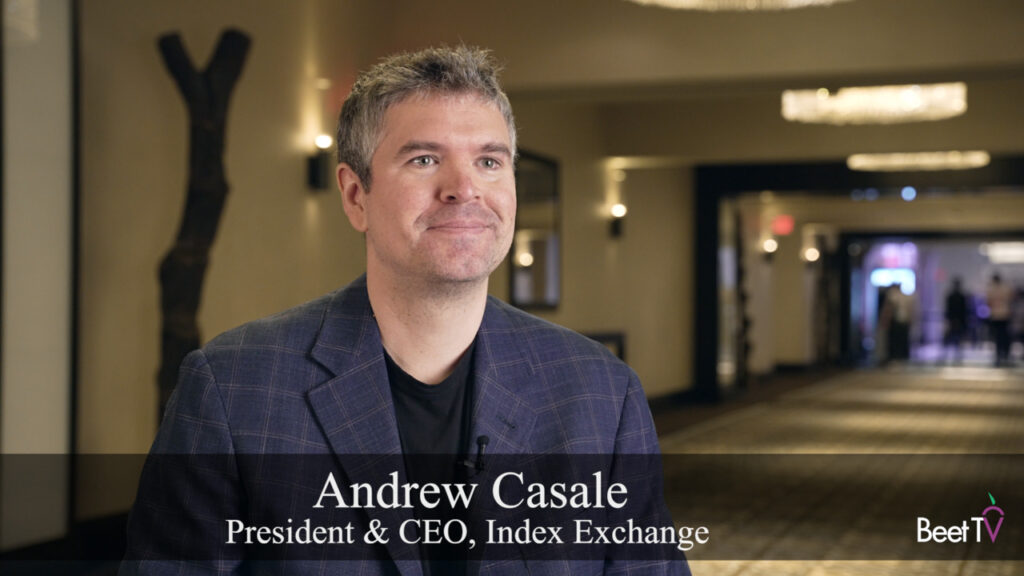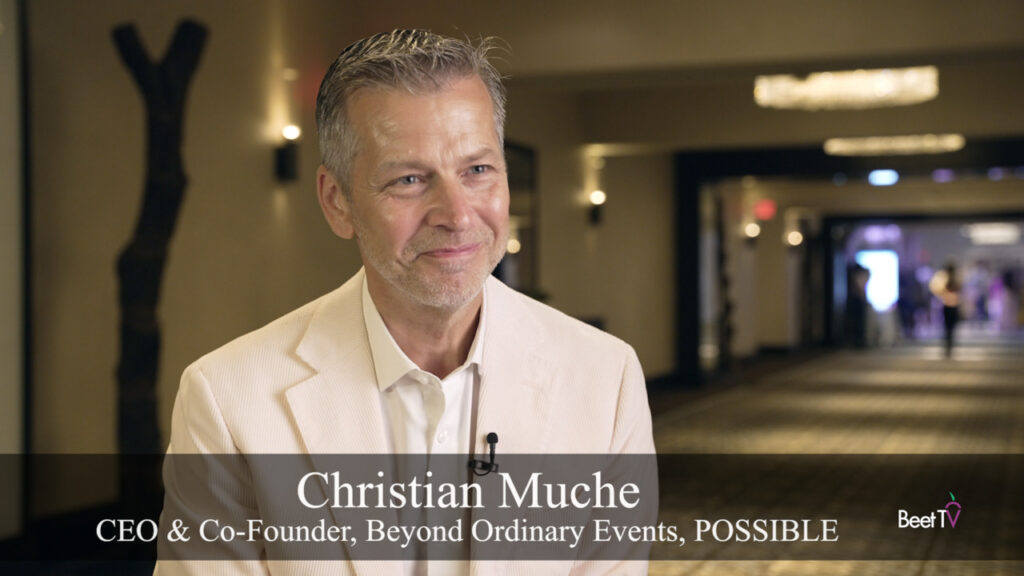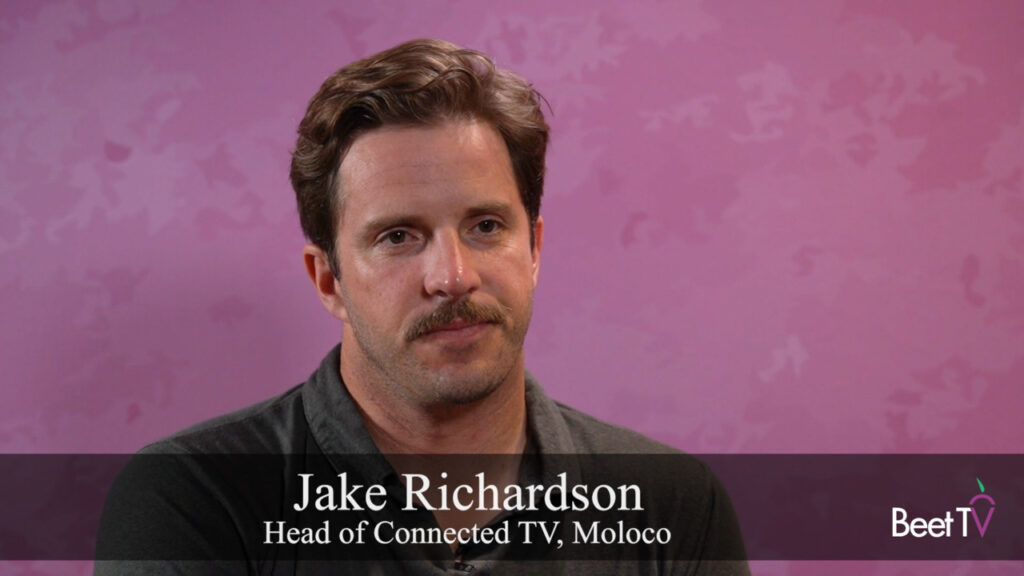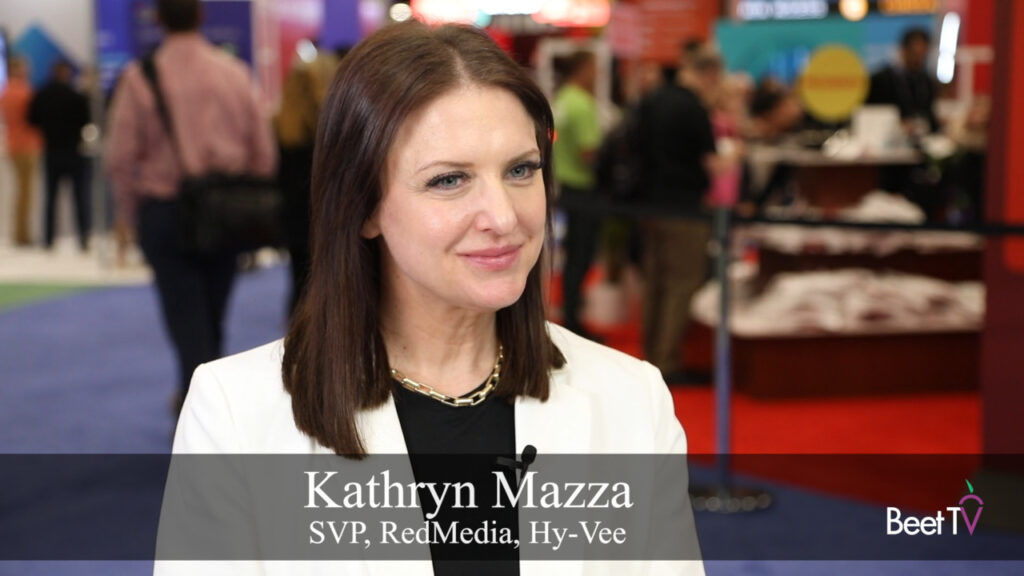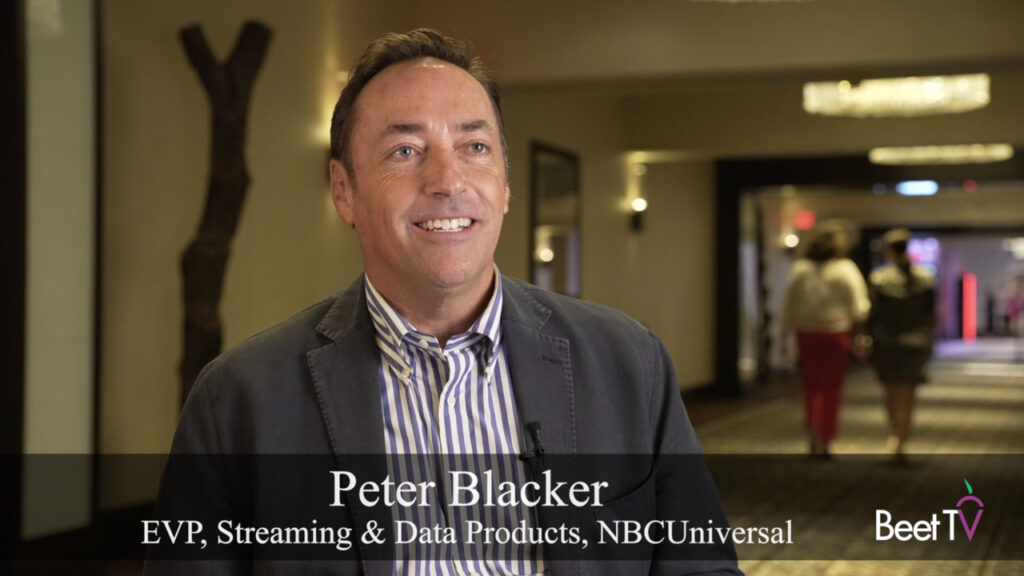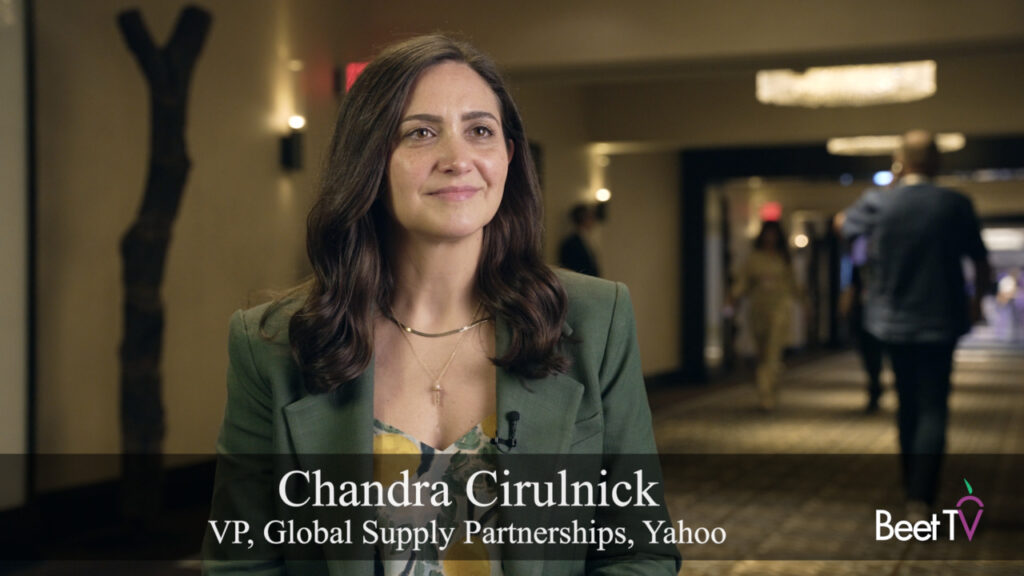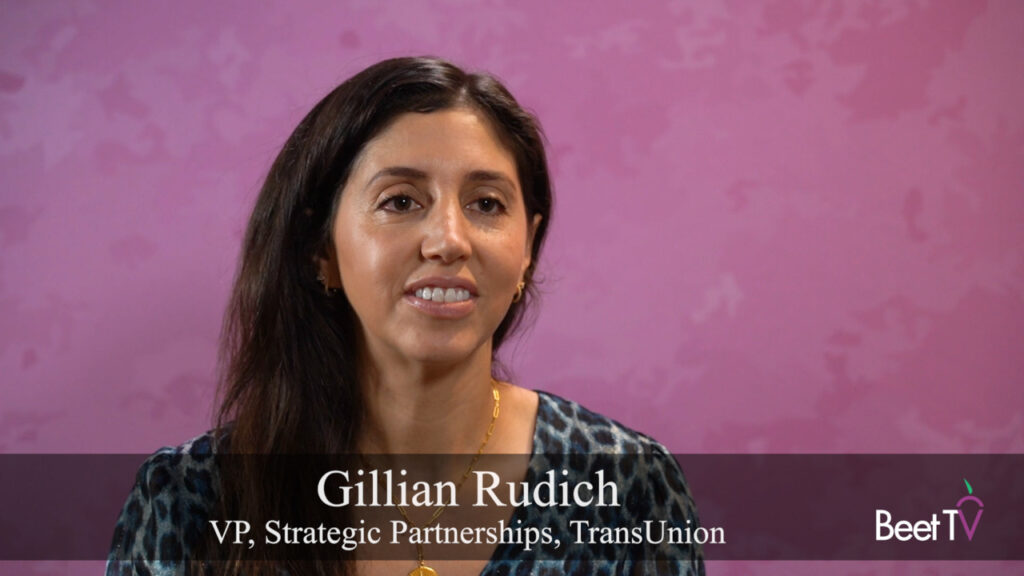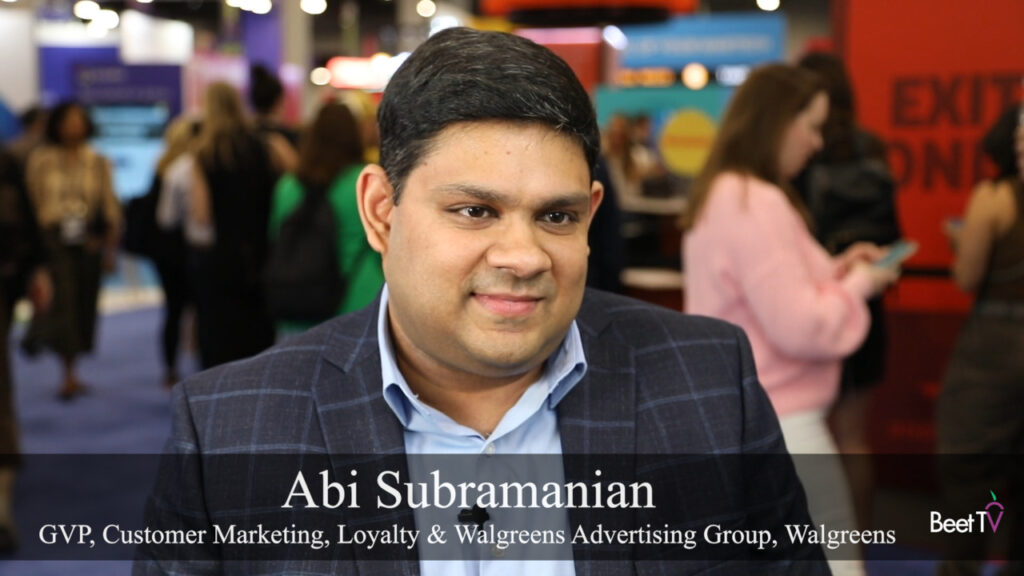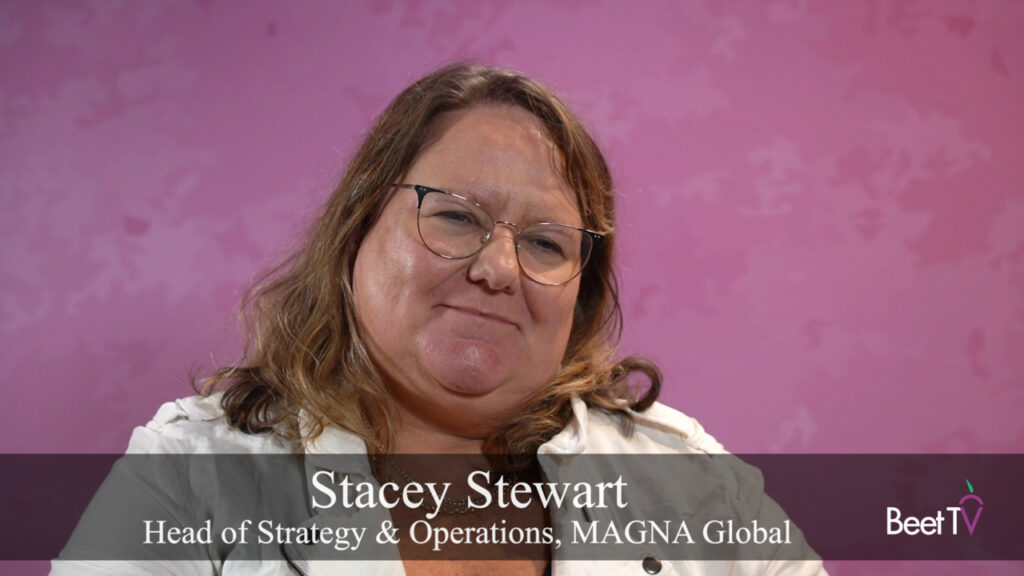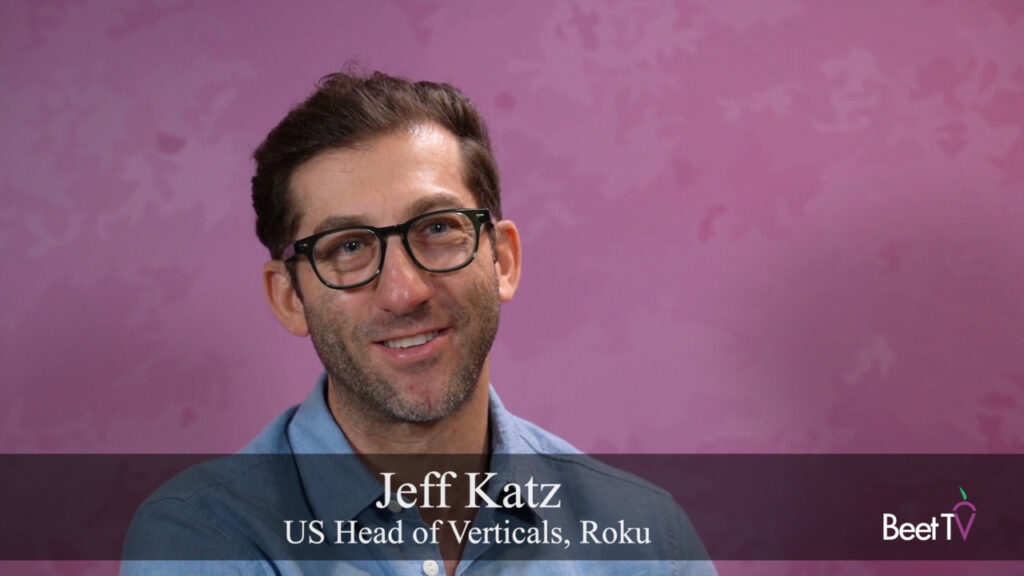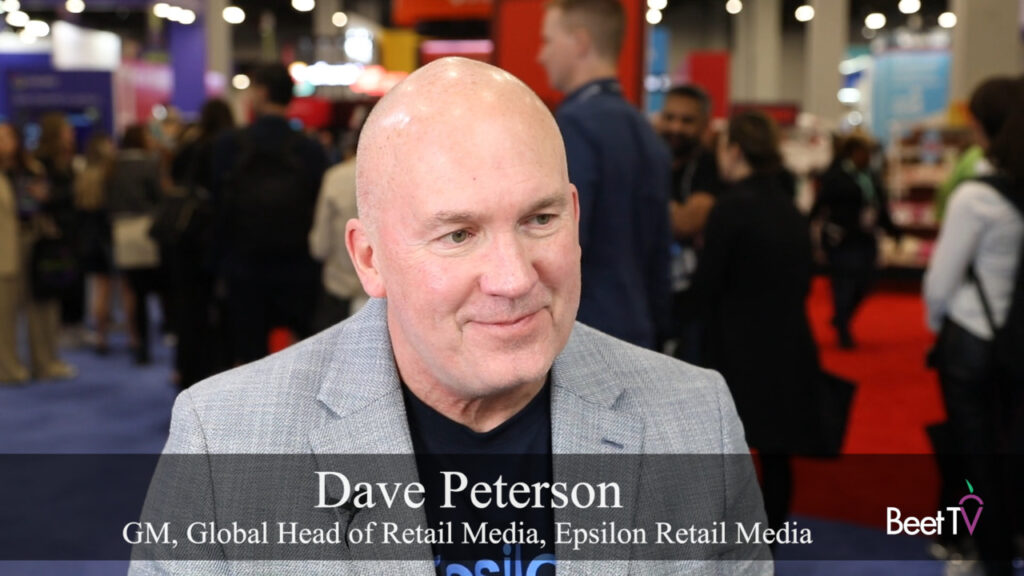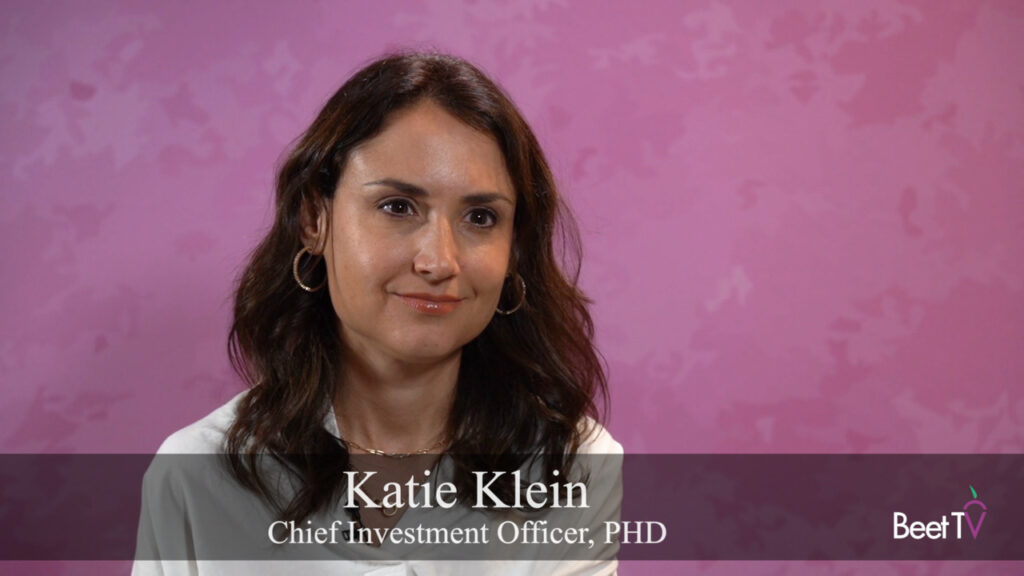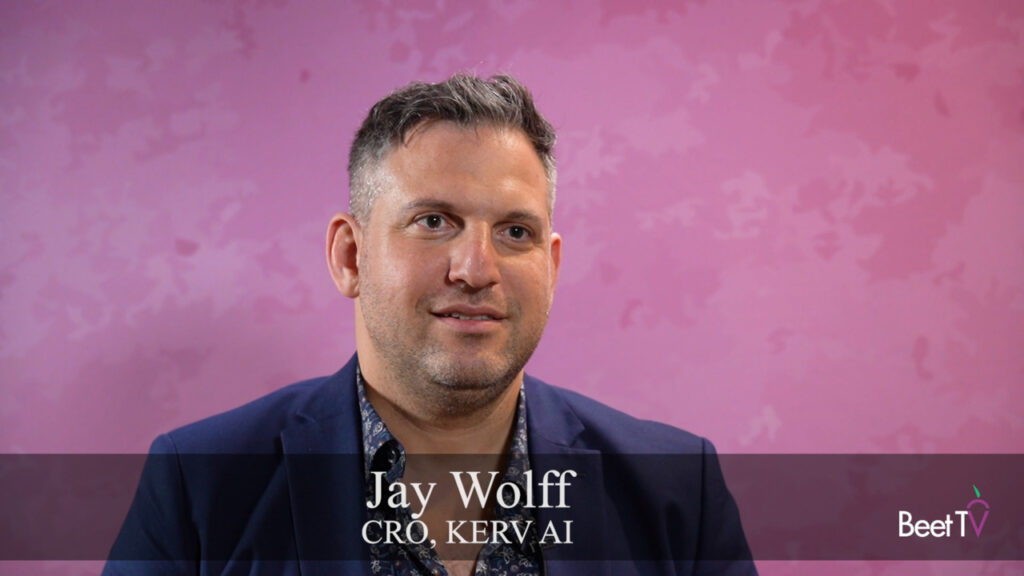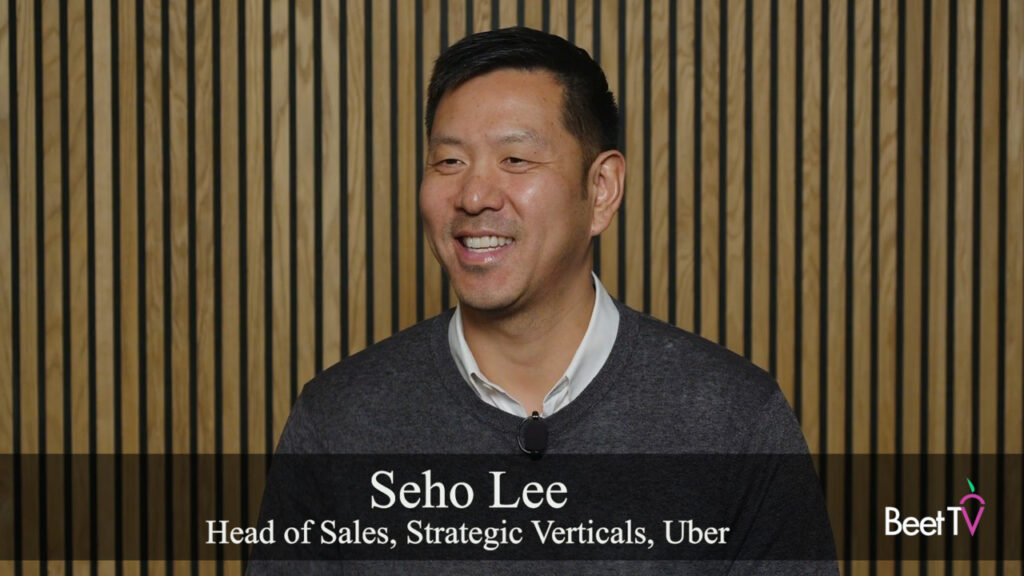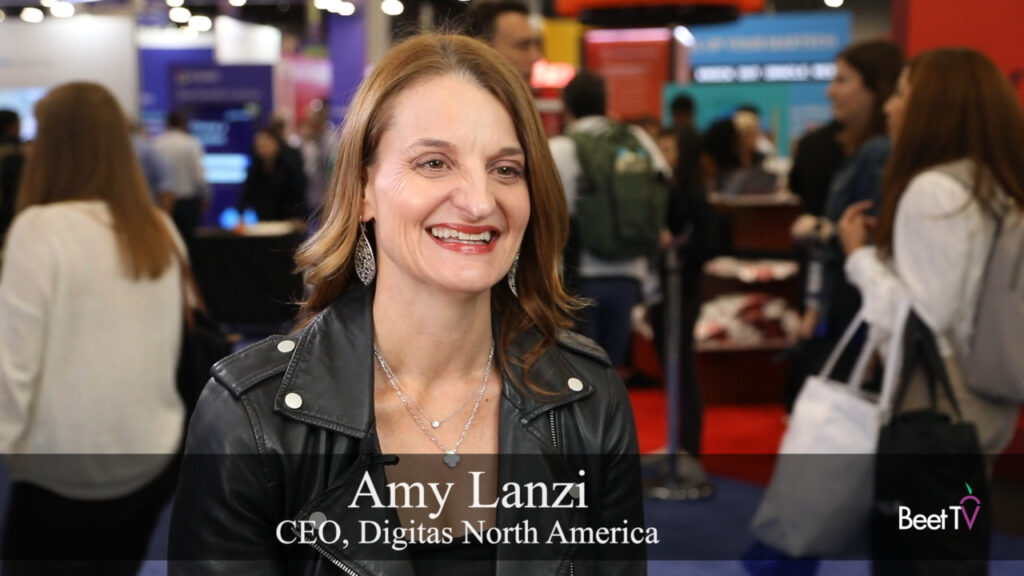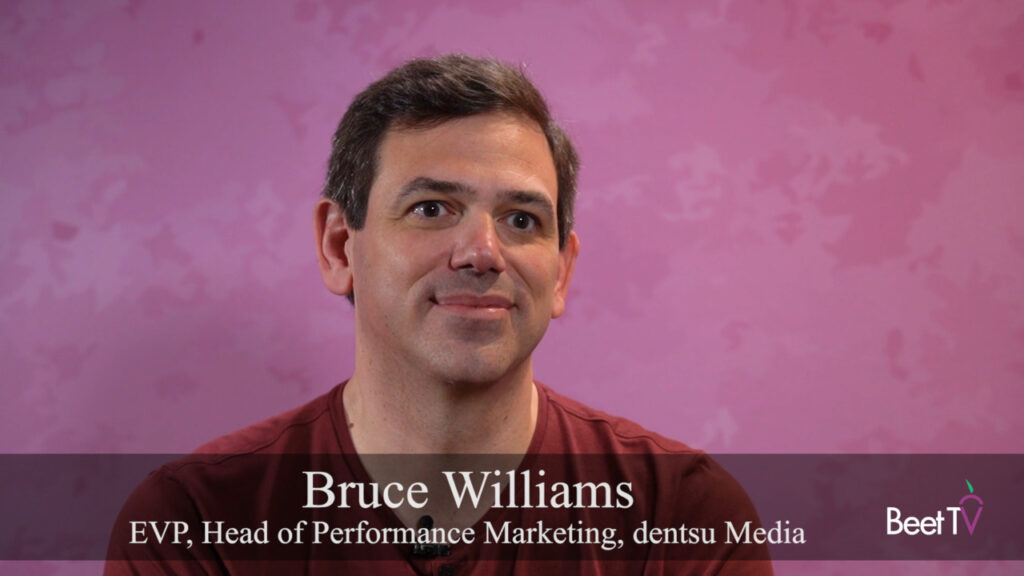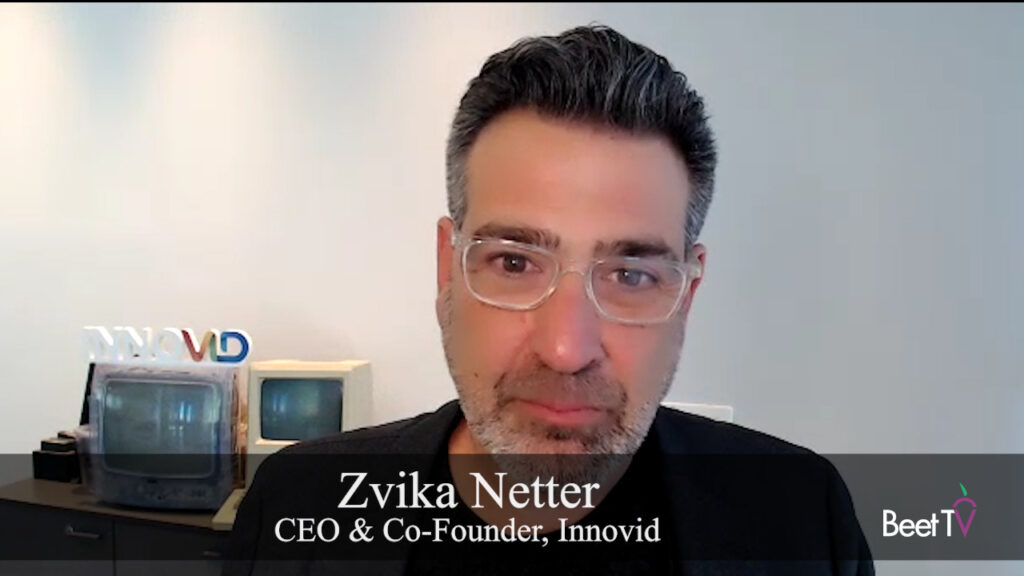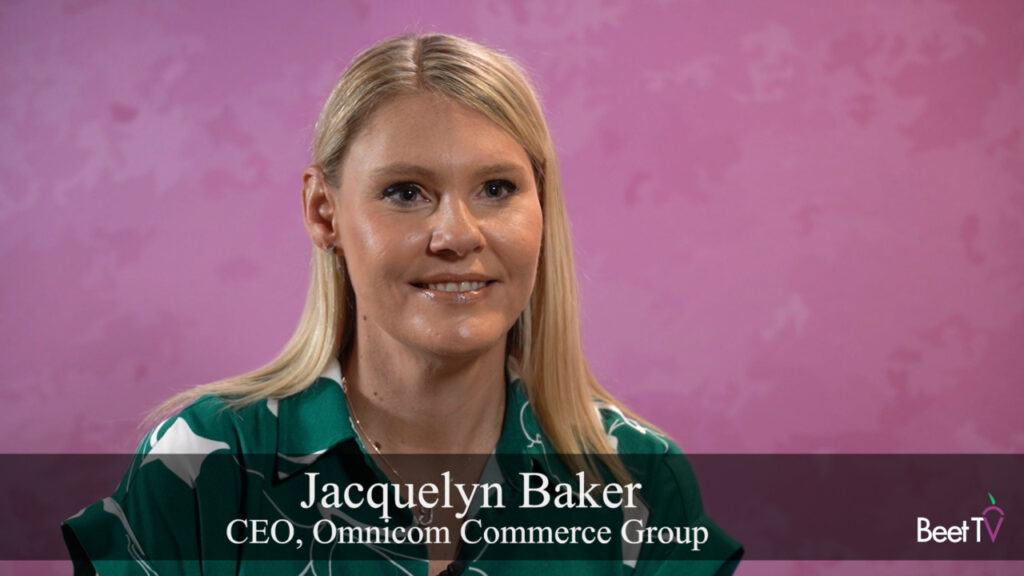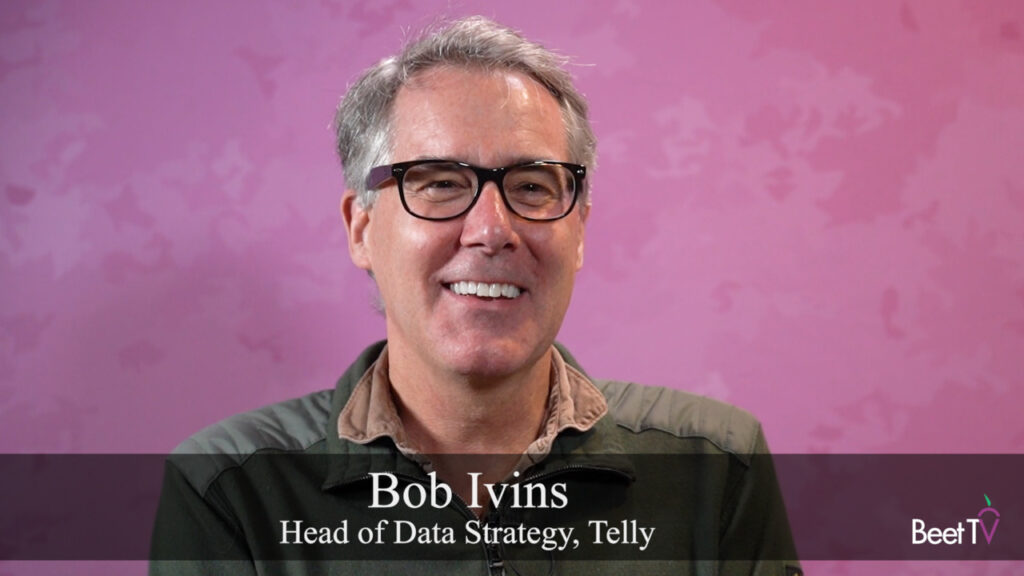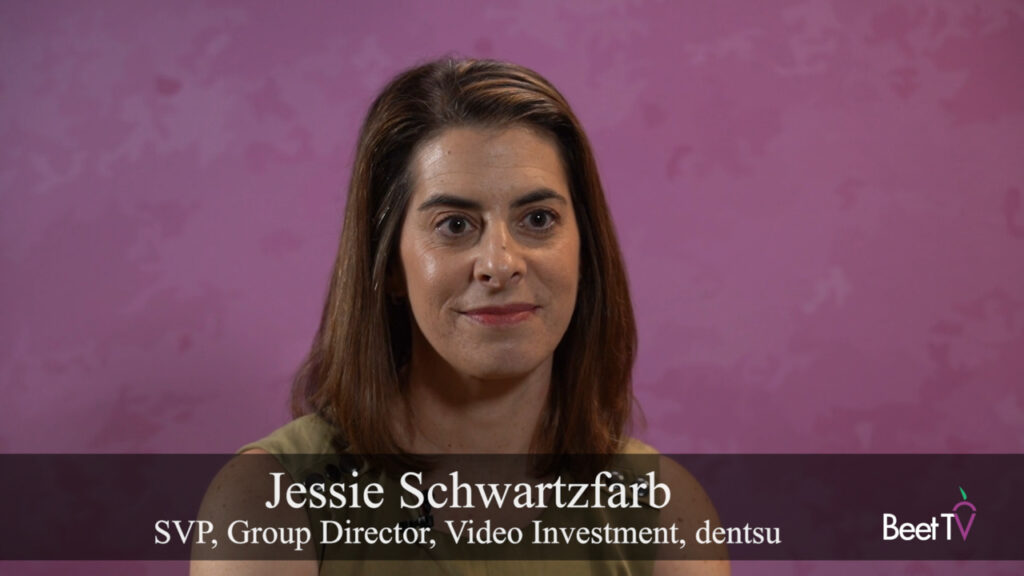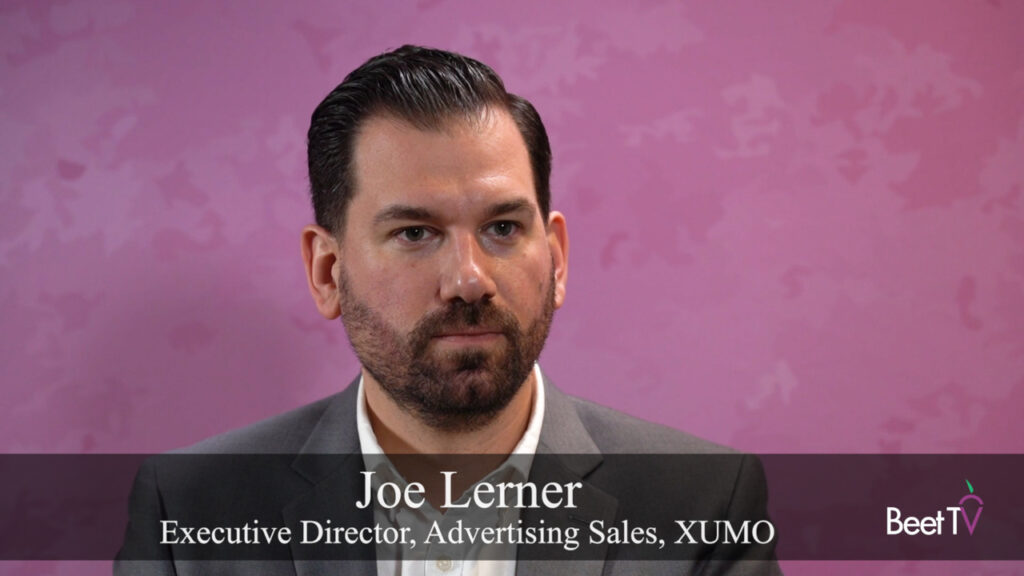WASHINGTON, D.C.-It’s common wisdom that the growth of programmatic television advertising has been constrained less by technology than by the difficulty in herding together all the players that own the inventory. But at a more basic level, human instinct is in play.
There are a “lot of different actors on a lot of different levels,” among them stations and groups, “and getting them all together can be very challenging,” TubeMogul’s Matthew Dybwad confirmed during a panel discussion at the recent Beet.TV summit on politics and advertising. “I think that’s really the main reason why you haven’t seen programmatic television become a thing earlier than it did.”
Moderator Matt Prohaska of Prohaska Consulting drilled a little deeper, asking Dybwad whether many media owners see things as “going well enough right now” for most of them.
“I hear this too in the industry,” Dybwad responded. “You’ve got station owners saying, ‘look, I’m already selling every minute of every day. Why do I need technology to make this better? How could I possibly make more money than I’m making’”?
Having spent the past 15 years in digital marketing, Dybwad, who is the Head of Politics & Public Affairs at the global advertising software platform, takes less of a status quo stance. “It’s very clear coming from a digital marketing background that if each one of those minutes were able to be bought more efficiently, against data, with more verification and measurement, people would actually pay more to get that level of efficiency,” Dybwad said.
Because programmatic buying can reduce marketers’ actual cost per engagement or per reach and frequency goal, it’s “the key to media owners throughout the spectrum getting more for their dollar and ultimately, as automation goes forward, it’s going to make their jobs even easier,” said Dybwad.
Among the brands leveraging TubeMogul’s programmatic tools—which have powered more than 300 campaigns—are Allstate, Heinekin and Mondelez.
“On a national landscape, this is an opportunity that makes a lot of sense for these brands because they can buy smartly with data, in a more automated fashion. It brings a lot more sense and logic into their process,” Dybwad said.
Within the political realm, Dybwad predicts that the 2016 election cycle will yield “a lot of really compelling case studies” involving programmatic buying.
“I think that by 2018, programmatic buying of TV across the political spectrum is going to be common place,” he predicted.
You are watching videos from Beet.TV politics and advertising summit presented by OpenX along with Intermarkets. Please find additional videos from the series here.






